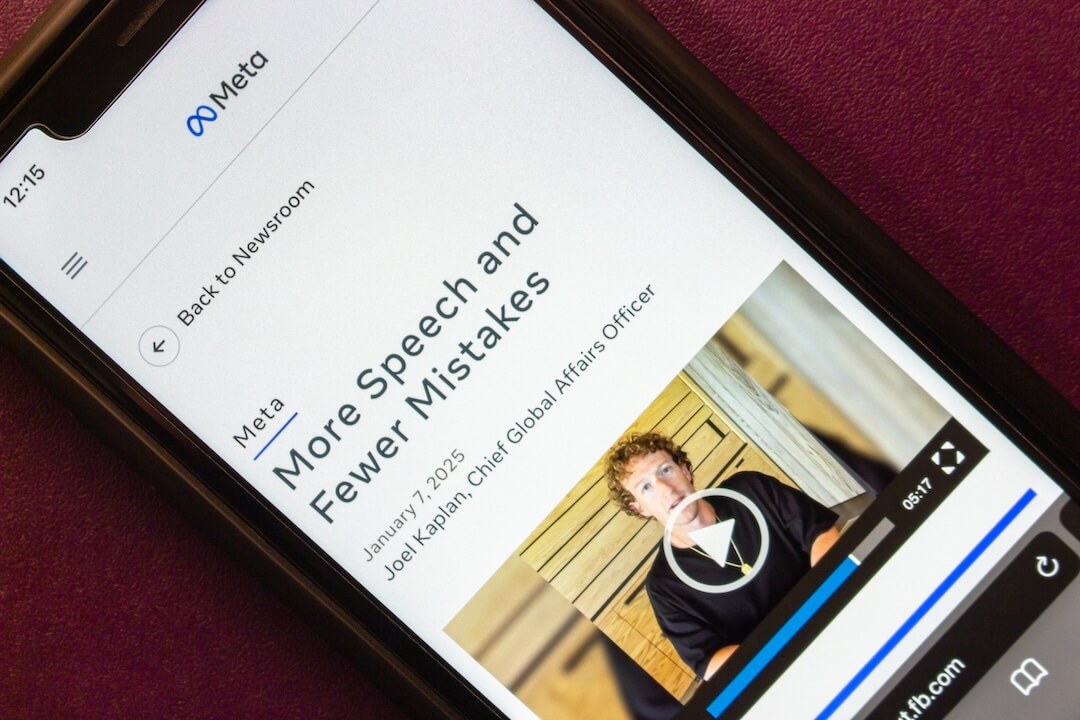Elections provide journalists great lessons about the power of visual journalism, especially election nights.
When Mitt Romney delivered his concession speech, he was standing on a stage, alone, with flags and a big red, white and blue screen behind him. He accepted the loss alone. His running mate, Paul Ryan, is spared the damage of being photographed at a low moment. Romney spoke lovingly of his wife, but out there by himself, his statement — “She would have been a wonderful first lady” — took on a genuine pain that might have felt forced if she were standing there with him.
Contrast that with Obama’s victory speech, when cheering throngs surrounded him and his family. In 2008, on election night, Obama stood outside in the Chicago cold with his family. Standing outside sent an “outsider” message that a decked out convention hall with high tech visuals cannot. It also sent a “connected” message: I am one of you. Especially in his first campaign, that feeling was vital to Obama’s victory. He was connecting with the disenfranchised. It is harder for an incumbent to pull off.
Election night 2012, Obama stood behind the seal of President of the United States. But the crowds that surrounded him sent the visual message that “although he is President, he still is a man of the people.” He hugged his daughters, while supporters in the background wept.
The old fashioned bunting is more quaint. The reason for using the bunting may be to include the flag colors without blocking anybody’s view with big flags on the stage.
For me, one of the most powerful images of election night was NBC’s Rockefeller Plaza set, lined with giant American flags snapping in the stiff breeze of a new Atlantic storm on the way.
The network projected the electoral vote onto the side of the skyscraper. One media watcher wondered if the New Yorkers without electricity could see it.
CNN meanwhile used the Empire State Building to show the colorful results.
To truly appreciate the effect of backgrounds, consider what you would have seen watching NBC on election night in 1960. Black and white images, no waving flags, no patriotic drums and trumpets and moving graphics and interactive maps. Just white men delivering facts and figures.
Even while the networks and wire services declared winners and losers, even after the outcome was no longer in doubt, the images of Floridians standing in line waiting to vote will be an enduring reminder of another Florida election failure.
The Miami photo reminds me of the pictures we saw from Baghdad’s first election after Saddam Hussein or South Africa’s vote in 2009.
-

- “People queue to cast their votes at a polling station in the Katlehong township, east of Johannesburg, South Africa, Wednesday, April 22, 2009. Voters lined up before sunrise Wednesday in an election that has generated an excitement not seen since South Africa’s first multiracial vote in 1994,” reports the AP. (Denis Farrell/AP)










